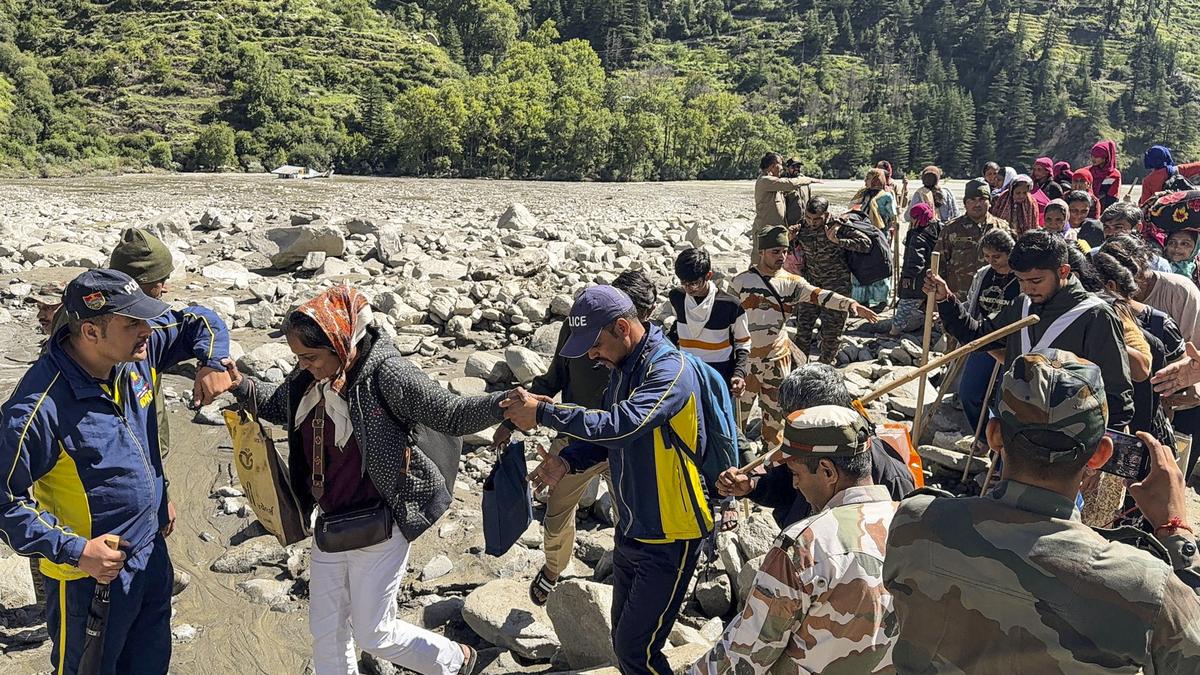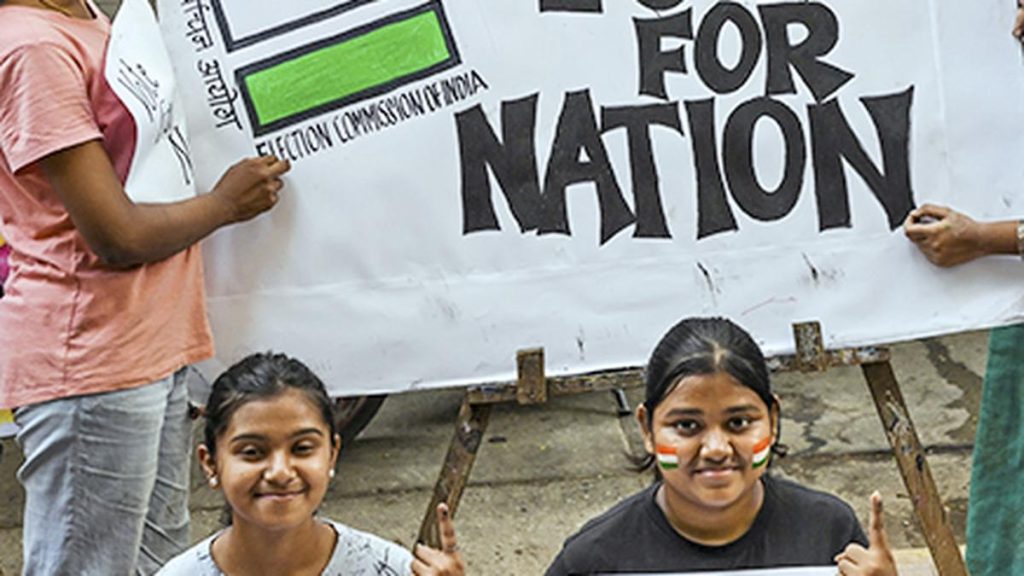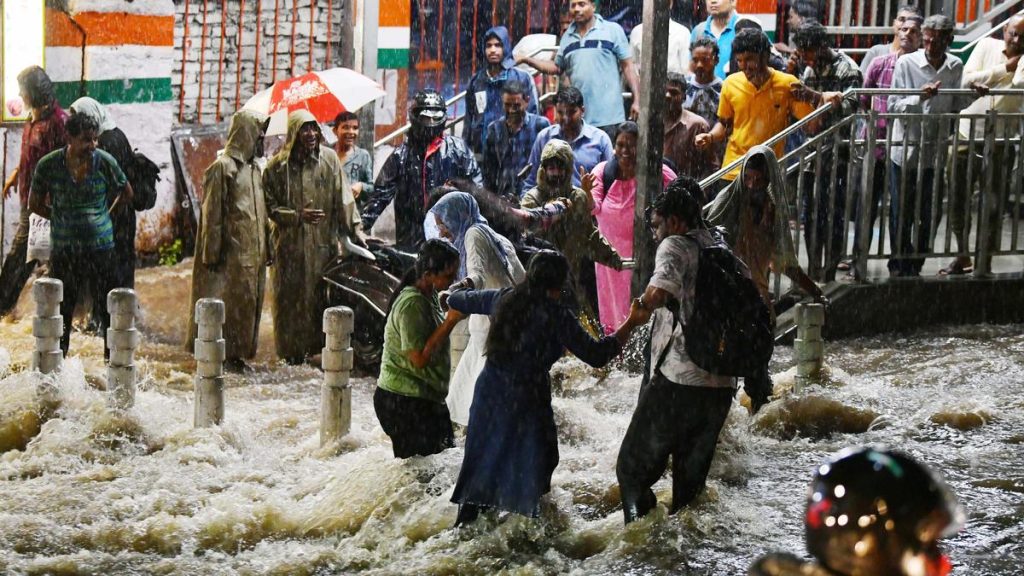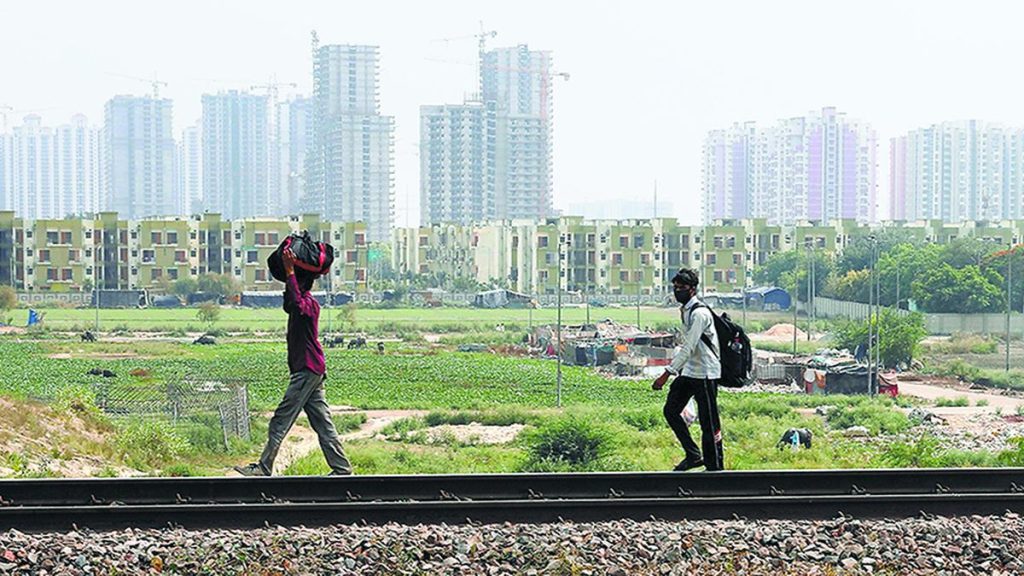Now Reading: Uttarkashi Flash Floods: Families Await News as Rescue Operations Persist
-
01
Uttarkashi Flash Floods: Families Await News as Rescue Operations Persist
Uttarkashi Flash Floods: Families Await News as Rescue Operations Persist

Swift Summary:
- Uttarkashi district in Uttarakhand faced devastating flash floods on August 5, causing extensive destruction and leaving many families untraceable.
- Bharat Singh, a resident of Dharali village, has been unable to contact his family due to damaged bridges and lack of dialog facilities. Rescue teams brought him to the district headquarters but his search continues.
- Hundreds of people are missing; rescue teams saved 238 individuals as of Thursday despite challenging weather conditions.
- Communication towers are damaged, cutting off phones and internet services; power supply in disaster-hit areas is still interrupted.
- Chief Minister Pushkar Singh Dhami is supervising relief operations; efforts include airlifting generators and setting up temporary communication facilities in Dharali.
- Survivors shared harrowing accounts of their escape from the floods. Two hotels were destroyed, wiht eyewitnesses reporting people being swept away by the water.
- Rescue operations involve Indian Army, ITBP, SDRF teams equipped with drones for locating stranded individuals. Helipads at Harsil and Nelong are operational for troop movements and evacuation missions.
- Helicopters including Chinook and Mi-17 have been stationed for airlifting civilians; search-and-rescue dogs and radar teams augment relief efforts.
Indian Opinion Analysis:
The tragic flash flood in Uttarkashi underscores the critical importance of disaster preparedness amidst increasing climate-induced catastrophes. While immediate response from rescue agencies like the Indian Army and SDRF has helped save hundreds of lives so far, gaps such as communication breakdowns highlight challenges that hinder swift coordination during crises. The emotional toll on families searching desperately for missing members signals a need for better support systems during post-disaster recovery.This event also raises concerns regarding infrastructure resilience in remote areas regularly exposed to natural calamities.Efforts like temporary power restoration or helipad operations demonstrate effective crisis management initiatives by authorities but may need more systematic long-term solutions-perhaps focusing on improved road connectivity or early warning mechanisms-to mitigate future risks efficiently.
The involvement of advanced technologies such as drones showcases adaptation within India’s disaster response framework while also emphasizing the growing dependency on resources only available through centralized deployment strategies.
For further details: link hear

























